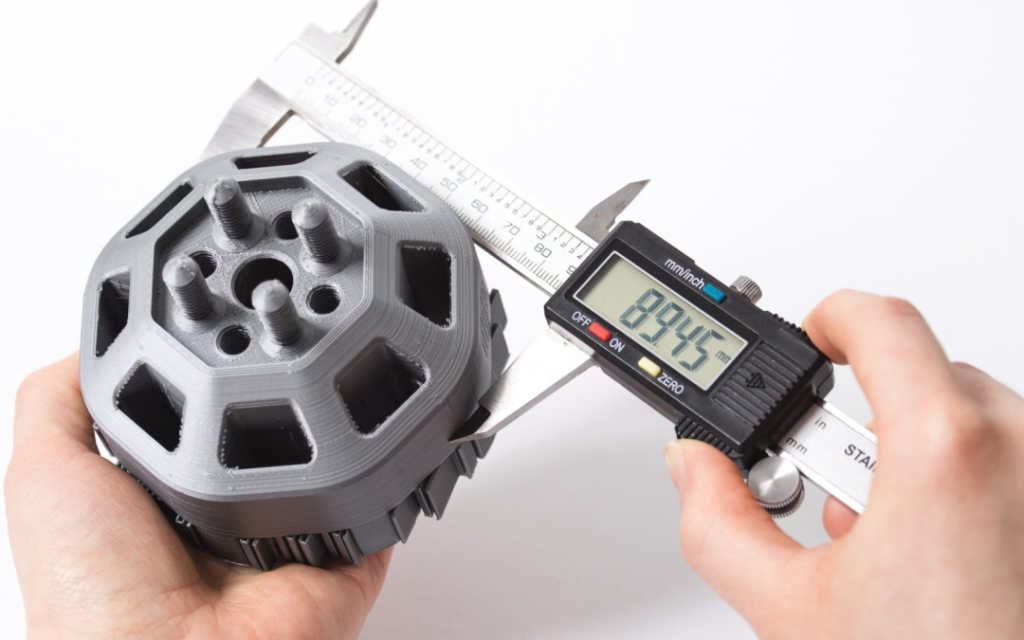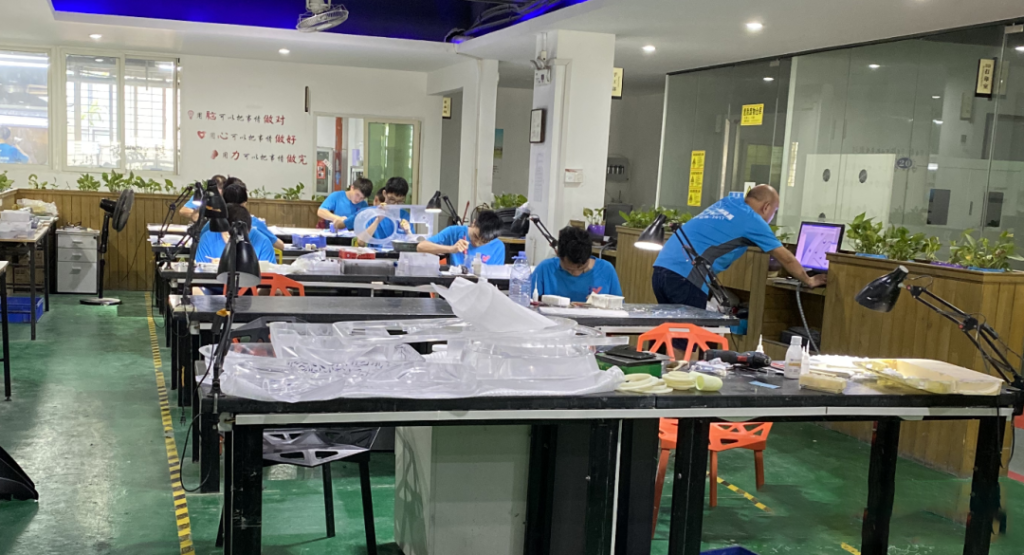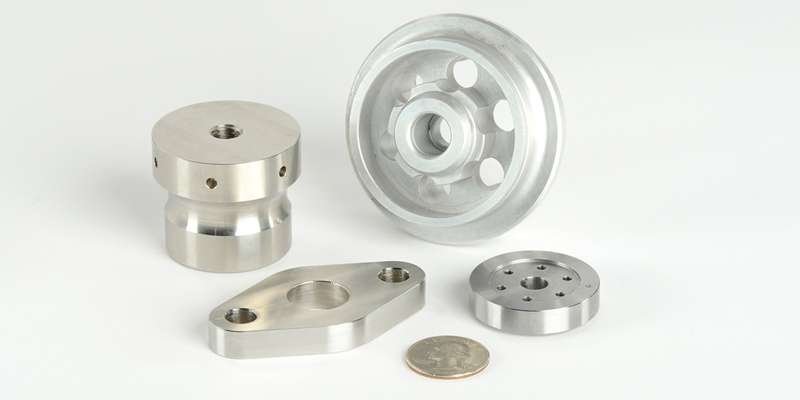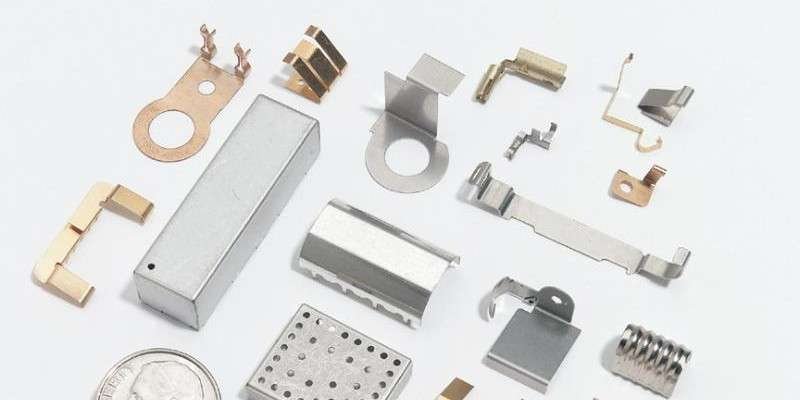With the development of technology, our scientific and technological personnel have invented various products for our use. In order to adapt to the development of the market, prototype production came into being.
So, what are the four key points of making a prototype?

01. Examine the design

Prototyping is an important method for verifying product design. Appearance prototypes can be visually reviewed, and they can intuitively reflect and produce the designer’s creative ideas in the form of physical objects, avoiding the drawbacks of “drawing looks good but not making it look good”.
Therefore, prototype production is a very important part of the process of new product design and development, as well as the refinement of product structure and appearance.
02. Inspecting the structural design

In addition, structural prototypes play a very direct role in the analysis and evaluation of the rationality of product assembly processes, mold manufacturing processes, and production processes. Prototypes are assembly-ready and can visually reflect the rationality of the structure and the ease of installation. This facilitates early identification and resolution of problems.
03. Avoid the risk of direct mold opening

Avoid the risk of directly opening the mold: Due to the high cost of mold manufacturing, large molds can cost hundreds of thousands or even millions of dollars. If structural irregularities or other problems are discovered during the mold opening process, the losses can be significant.
Fluorescence can create various prototype samples, verify products in advance, reduce the risk of mold opening, and thus reduce corporate losses.
04. Shorten the time to market

Due to the advanced nature of prototype production, you can use prototypes as a product for publicity before the mold is developed, and even for early production and sales preparation, helping companies to occupy the market early.



